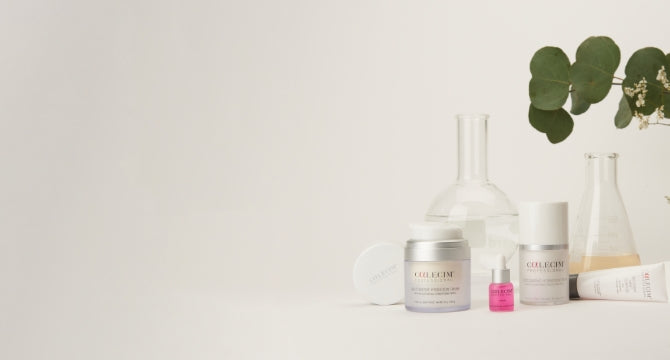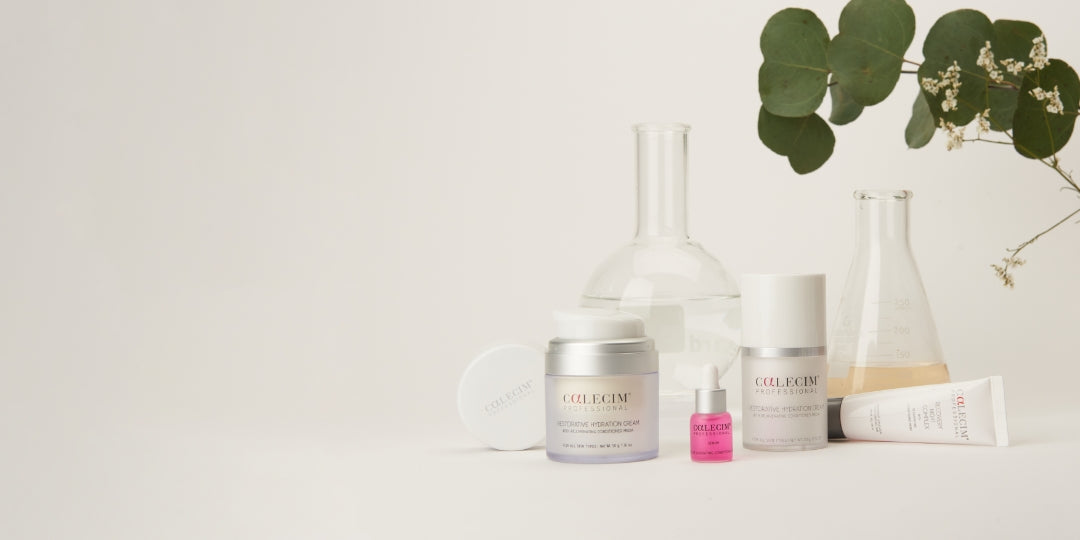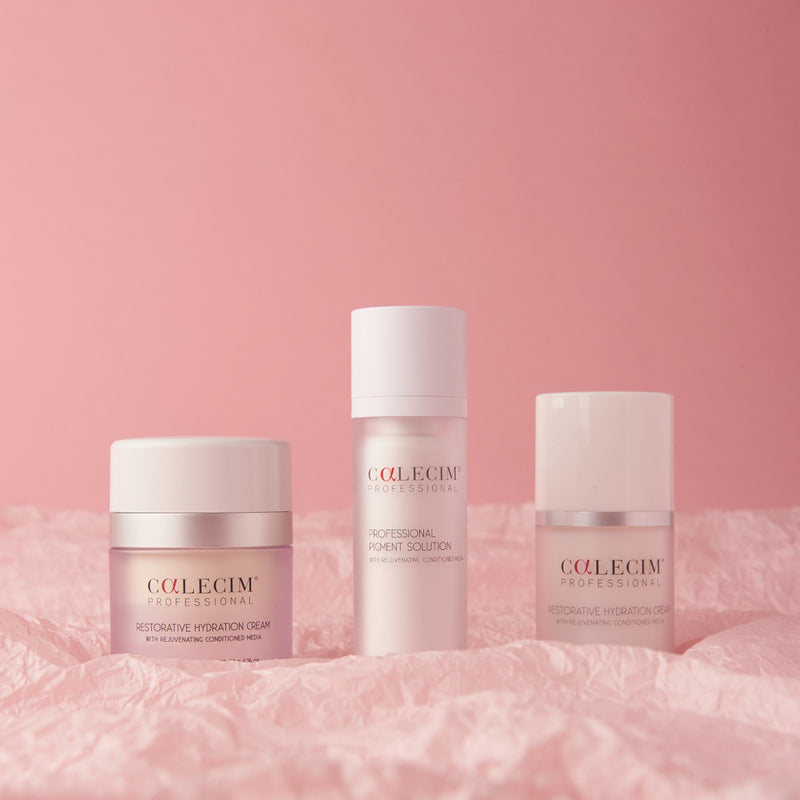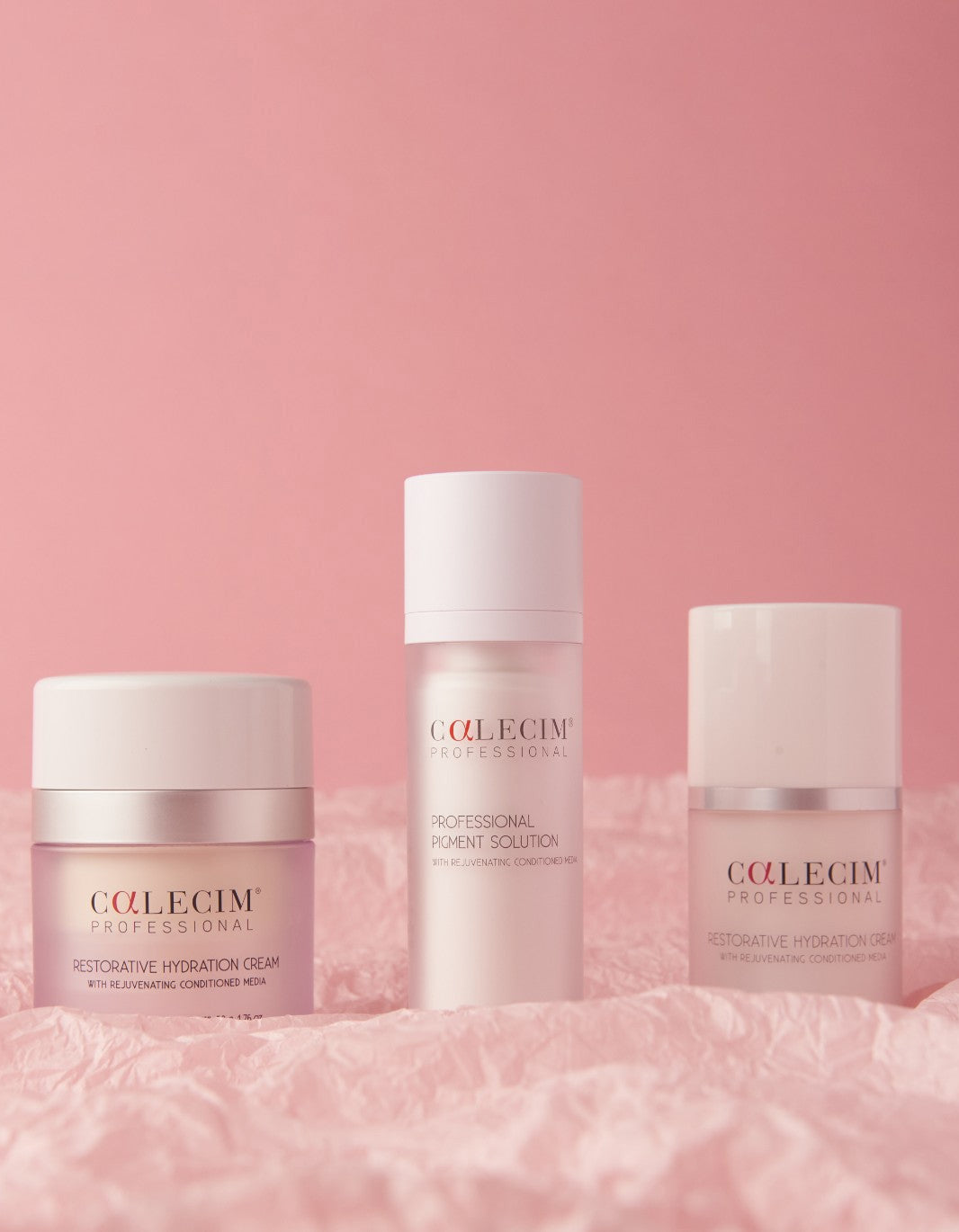How seasonal changes affect skin
The arrival of a new season can lead to a lacklustre complexion. A switch in skincare may be needed to restore your glow.
As winter transitions into spring, you may find changes taking place in your complexion. Shifts in the weather and seasons can mess with your skin. If your skin is feeling drier and more inflamed for longer than usual, the culprit is more likely than not the changing of the seasons.
With the advent of spring, skin may feel tighter, drier and more irritated than usual. Conversely, with the increase in humidity, those who are acne-prone may start to have breakouts. Again, when summer comes to a close and fall beckons, skin will need to cope with a drop in humidity and typically reacts by becoming tight, dry and dehydrated.
Dry skin or xerosis occurs when the epidermis (skin’s outer layer) is unable to retain enough moisture. The epidermal cells are made up of keratinocytes held together by sticky proteins called desmosomes. This layer also consists of fats which prevent water from easily entering or leaving the body.1 Water loss speeds up when this ‘glue’ is loosened by low humidity and the use of indoor heating also results in drier air.2
If your skin is experiencing dryness or flaking, switching to a cream or serum containing hyaluronic acid can prevent the breakdown of skin’s barrier and help it look soft, smooth and radiant throughout the season.
Properties of Hyaluronic Acid
Hyaluronic acid belongs to a type of long, complicated chain-like molecules called polymers. The chain has plenty of granules on it which other chemical compounds (like water, for example) can latch onto. That’s the reason a quarter teaspoon of hyaluronic acid is capable of holding about one and a half gallons of water, making it the best polymer for absorbing water.
It is excellent for transporting other molecules throughout your body and is also able to latch onto cells. Proteins such as collagen and elastin are part of this material, as are other glycosaminoglycans (a family of polysaccharides, or carbohydrates, of which hyaluronic acid is a part).3
Where it is found
Hyaluronic acid is naturally produced by the body. It is found especially in skin, connective tissues, eyes and joints. This gooey, slippery substance has various benefits. It lubricates the joints, enabling it to work smoothly and prevents pain and injury from bones grinding against each other. It is also often used for treating dry eyes and is a major component of the extracellular matrix the gel-like material that surrounds skin cells - and helps skin stretch and flex, reducing wrinkles and lines.3
Not just a substance that encircles the cells, it’s vital in keeping skin hydrated and plumped up. “One molecule of hyaluronic acid binds to 20 molecules of water which therefore ‘inflates’ the skin. This is a key determinant for skin ‘fullness’,” explains Professor Phan Toan Thang, a founder director at CellResearch Corporation, which discovered CALECIM®’s active ingredient PTT-6®.
Hyaluronic acid attracts water from within the dermis and moves it along the epidermis. Hyaluronic acid and other glycosaminoglycans also play a role in skin elasticity and tone, cell metabolism, regeneration, and healing.
The best skincare source
Due to its many sterling properties, hyaluronic acid is popularly used in skincare and can be found in a plethora of products, from cleansers and facial masks to makeup.4 It is usually made by bacteria in a lab using a process called biofermentation.
An exception is CALECIM® Professional’s range of skincare where hyaluronic acid is naturally secreted by CellResearch Corp’s patented source of stem cells derived from the cord lining of red deer. The Restorative Hydration Cream is the only moisturizing cream in the world that uses hyaluronic acid from cord lining stem cells. Cord lining media has been shown in-vitro to encourage increase in hyaluronic acid production by skin cells.
Results from in-vitro tests using PTT-6® and skin fibroblasts show an 83% increase in HA production. This increases hydration from within and takes it to the next level by triggering skin to replenish moisture. It also accelerates cell cycle, paving the way for new skin cells. The result is instantly plumped up and hydrated skin and a visible improvement in fine lines.5
Dry skin does not have to be an inescapable consequence of seasonal shifts. By being conscious of the skin barrier and what it needs to stay healthy, steps can be taken to circumvent this undesirable condition.
References
- https://my.clevelandclinic.org/health/body/21901-epidermis
- https://aircareheatingandairllc.com/indoor-humidity-winter-vs-summer/
- https://my.clevelandclinic.org/health/articles/22915-hyaluronic-acid
- https://www.verywellhealth.com/hyaluronic-acid-for-skincare-4582343
- https://thehoneycombers.com/singapore/calecim-professional-anti-ageing-skincare-stem-cells-hydrating-lifting-cream/






























